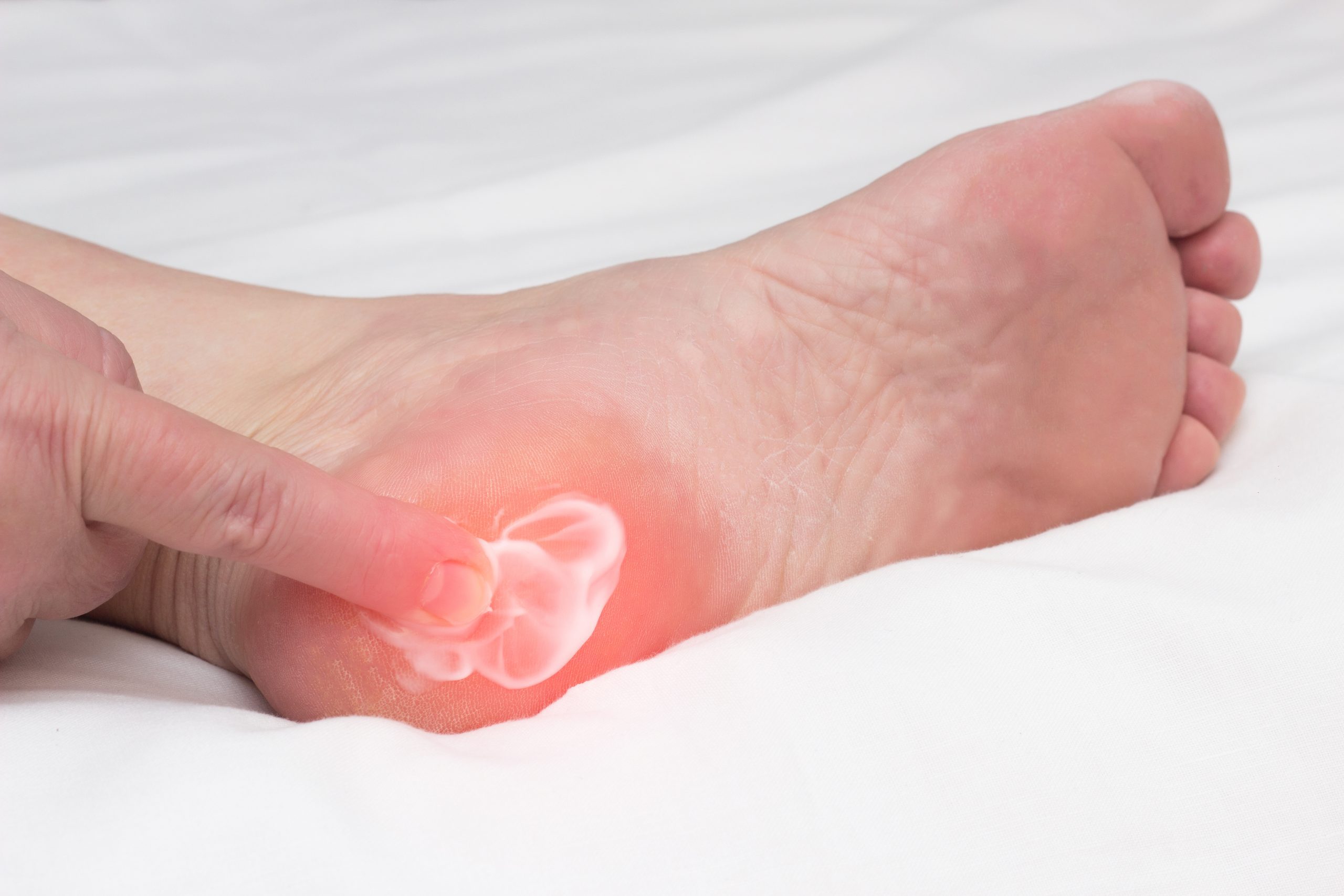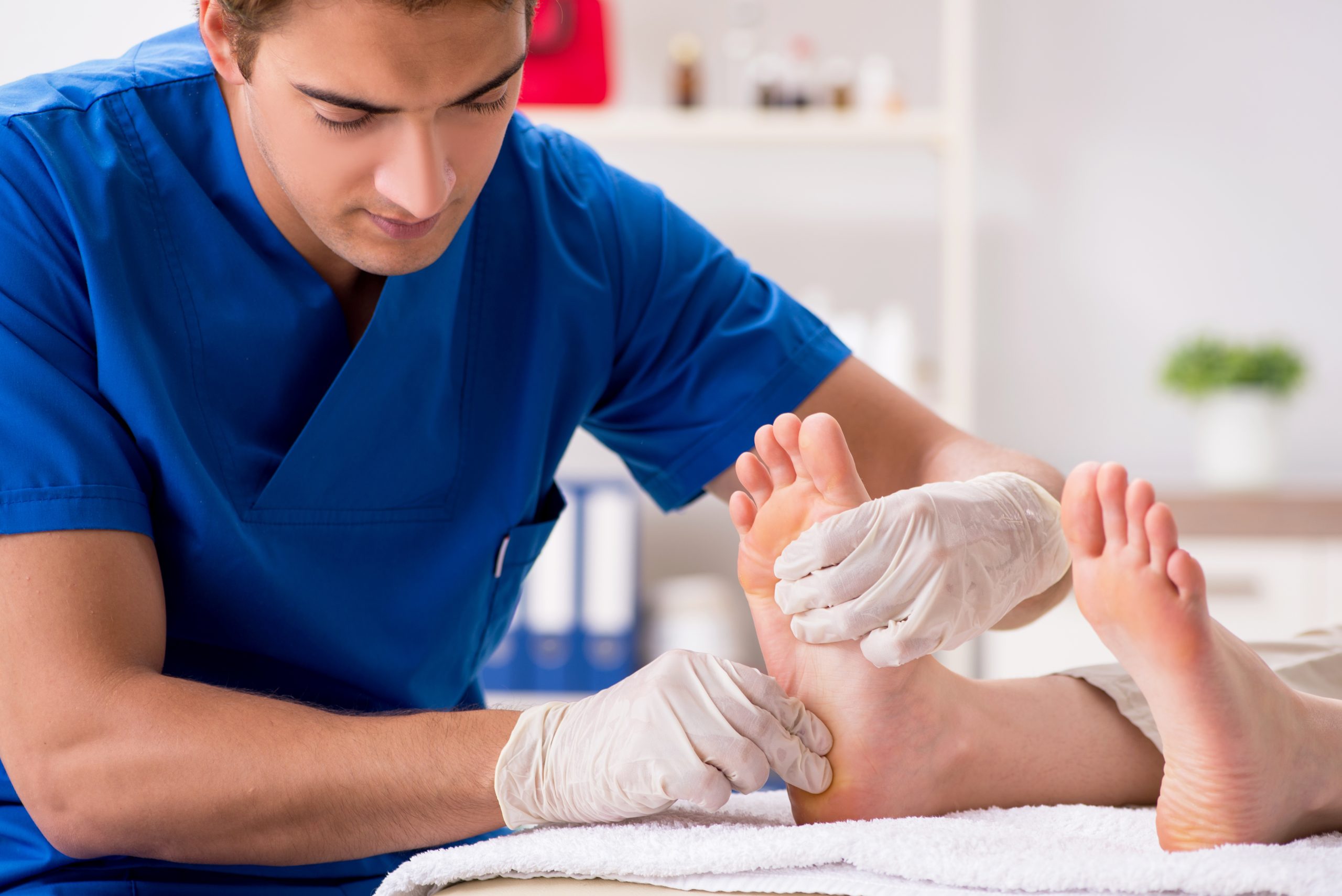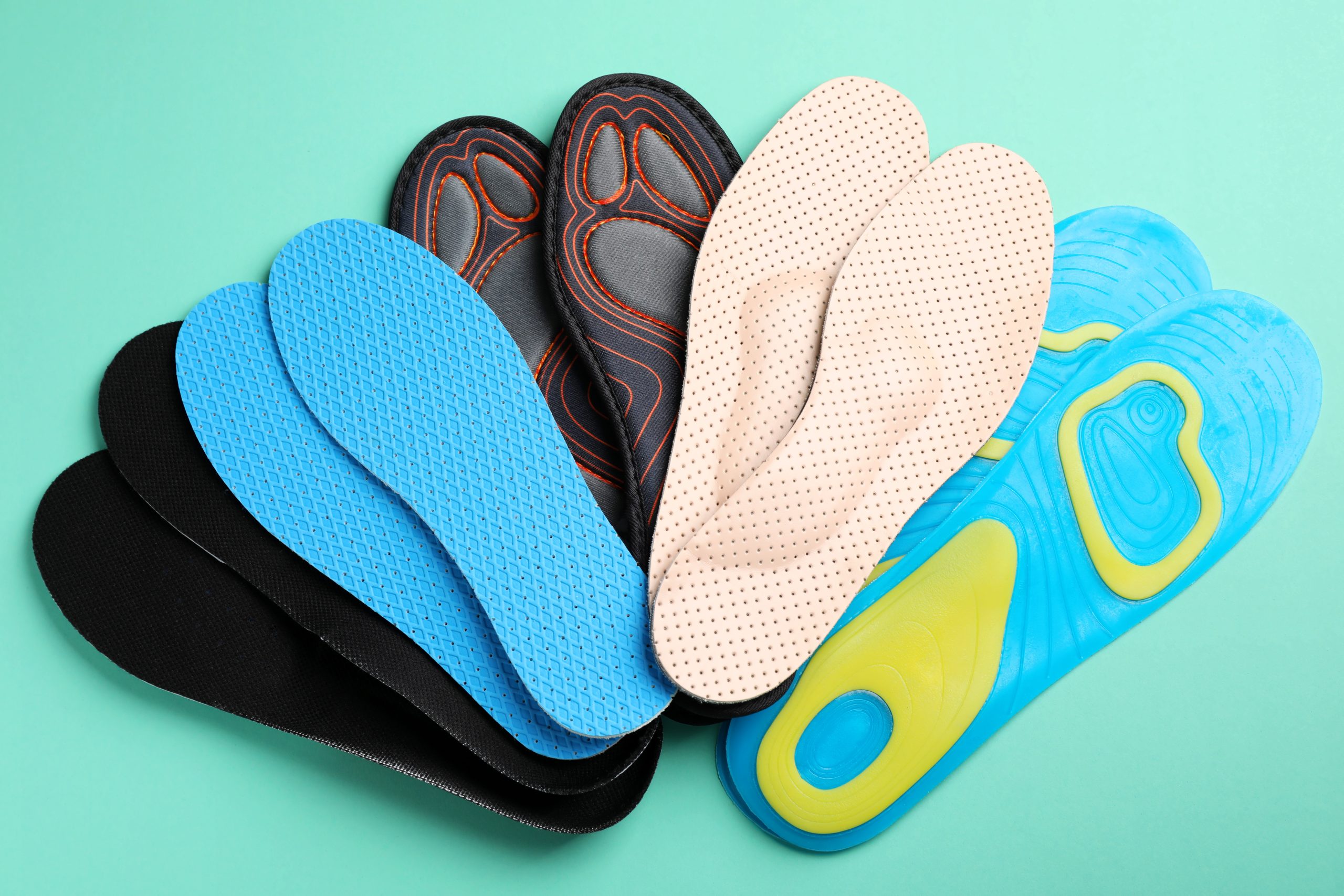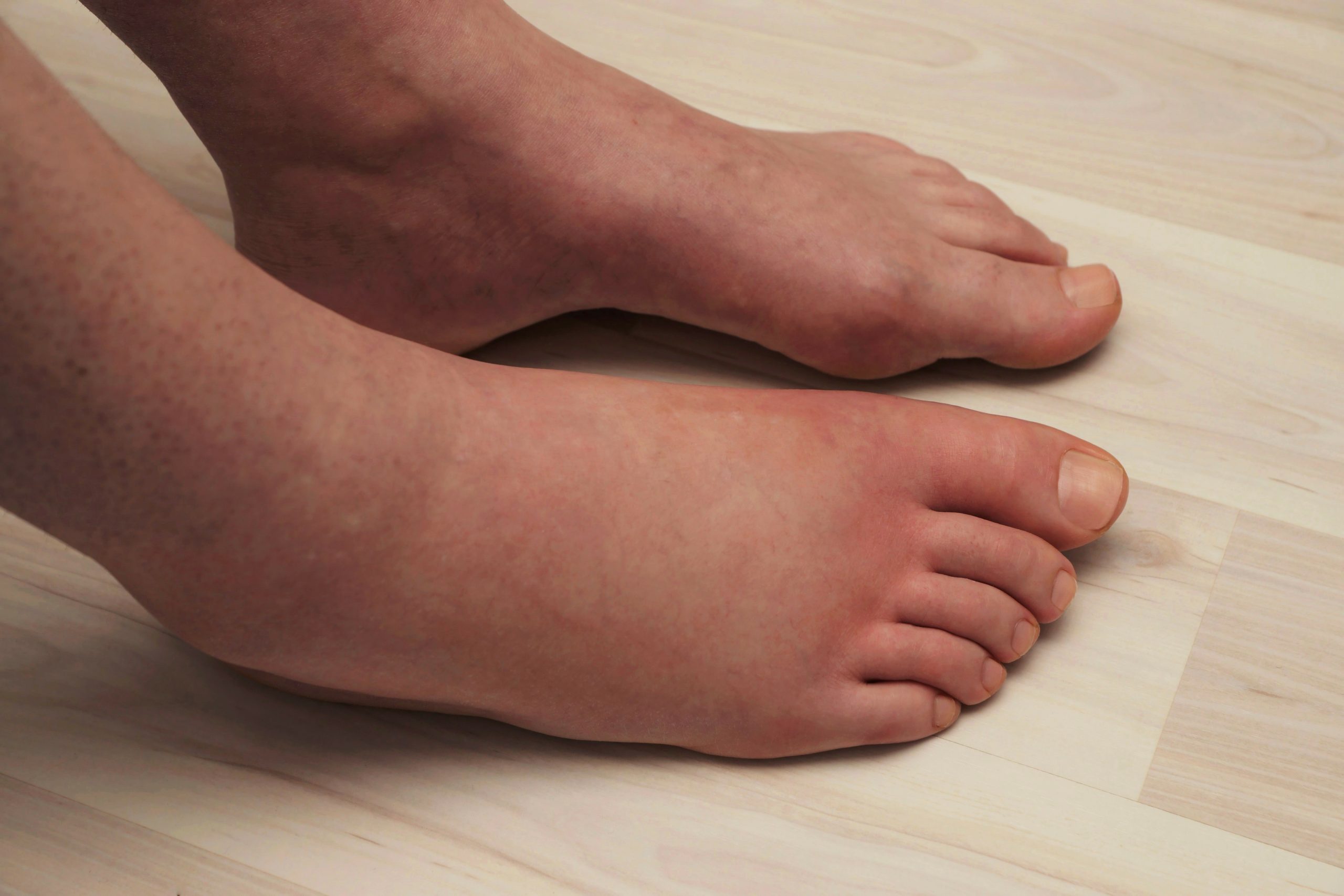
Bone spurs, also known as heel spurs, are bony growths that develop on the heel bone or other areas of the foot. These growths can cause a sharp pain in the heel, making it difficult to walk or stand for long periods of time. Heel pain can have multiple causes, such as plantar fasciitis, Achilles tendonitis, and stress fractures, and it is important to understand the difference between them and bone spurs in order to get the right treatment. This blog is not medical advice, but it might be able to help you understand the differences.
The good news is that the correct shoes can help alleviate the symptoms of bone spurs and improve your quality of life. In this blog, we will discuss the causes of bone spurs, their symptoms, and the different treatment options available. Also, we will explore the different types of heel pain and how to recognise the difference. We will also explore the features to look for in shoes that can help alleviate heel pain caused by bone spurs. Whether you’re an avid runner or someone who stands on their feet all day, this guide will help you find the perfect pair of shoes to keep you comfortable and pain-free.
Causes of bone spurs.
Bone spurs, also known as osteophytes, are bony growths that develop on the heel bone or other areas of the foot. These growths can occur due to a variety of factors, including:
Overuse.
Repetitive motions, such as running or jumping, can put stress on the heel bone, leading to the development of bone spurs.
Aging.
As we age, the ligaments and tendons in the foot can become less flexible, making them more susceptible to injury and the development of bone spurs.
Medical conditions.
Certain medical conditions, such as arthritis and diabetes, can increase the risk of developing bone spurs.
Obesity.
Excess weight can put added pressure on the heel bone, leading to the development of bone spurs.
Activities or occupations that may put a person at risk for developing bone spurs include:
- Athletes, particularly those who participate in running or jumping sports.
- People who stand on their feet for long periods of time, such as factory workers or teachers.
- People who are overweight or obese.
- People with occupations that involve a lot of walking, such as mail carriers or salespeople.
It’s important to note that not all bone spurs will cause pain, some people might have them without noticing any symptoms. However, when they do cause pain, it is important to consult a podiatrist to determine the best course of treatment.
Symptoms of bone spurs.

The most common symptom of bone spurs is heel pain, which can range from a dull ache to a sharp, stabbing sensation. Other symptoms can include:
Stiffness.
The heel may feel stiff, making it difficult to bend the foot or walk comfortably.
Inflammation.
The area around the heel may be swollen and red.
Tenderness.
The heel may be sensitive to the touch.
These symptoms can make it difficult to walk or stand for long periods of time, which can affect a person’s daily activities and quality of life. The pain and discomfort of bone spurs can also make it difficult to sleep, leading to fatigue and a lack of energy during the day.
If you are suffering with any sort of heel pain, or are concerned about your foot health, the best course of action we always recommend is to see a podiatrist. A podiatrist is a medical professional specialising in the health and care of your lower limbs. They will be able to accurately diagnose the cause of your pain, and give you the most effective course of treatment.
Understanding the different types of heel pain.
As we previously mentioned, there are a few different types of heel pain – each with it’s own symptoms. This is why it’s important to see a podiatrist if you are suffering with heel pain, as to the everyday person it can be quite hard to tell the difference.
- Heel pain can have multiple causes, including plantar fasciitis, Achilles tendonitis, and stress fractures.
- Plantar fasciitis is an inflammation of the band of tissue that runs along the bottom of the foot, connecting the heel bone to the toes. It causes a sharp pain in the heel or arch of the foot, especially when getting up from a seated position or after long periods of standing or walking.
- Achilles tendonitis is an inflammation of the tendon that connects the calf muscle to the heel bone. It causes pain and stiffness in the back of the heel and ankle.
- Stress fractures are tiny cracks in the bone caused by overuse or repetitive stress. They cause pain in the heel, especially when standing or walking.
It is important to understand the key differences between these conditions and bone spurs, such as the location of pain, symptoms, and risk factors. While heel pain caused by bone spurs is often felt at the bottom of the heel, pain caused by plantar fasciitis is usually felt at the bottom of the foot, closer to the toes. Achilles tendonitis pain is felt at the back of the heel and ankle. Stress fractures pain is usually felt in the middle of the heel.
Diagnosis and treatment.
If you are experiencing symptoms of bone spurs, such as heel pain, stiffness, and inflammation, it is important to consult a healthcare professional for an accurate diagnosis and treatment plan. A healthcare professional may perform a physical examination of the foot, as well as imaging tests such as X-rays or an MRI to confirm the presence of bone spurs.
There are several treatment options available for bone spurs, including:
Rest.
Taking a break from activities that put stress on the heel bone can help alleviate symptoms and prevent further damage.
Physical therapy.
Exercises and stretches can help improve flexibility and strengthen the muscles in the foot, which can help alleviate pain and improve function.
Medication.
Over-the-counter pain relievers and anti-inflammatory medications can help alleviate pain and inflammation. In severe cases, a healthcare professional may prescribe stronger medication.
Surgery.
In rare cases, surgery may be necessary to remove the bone spur and alleviate symptoms.
Remember, this blog is for informational purposes only and is not intended to be a substitute for professional medical advice, diagnosis, or treatment. Always seek the advice of a qualified healthcare professional with any questions you may have regarding a medical condition.
Choosing the correct shoes.
When it comes to alleviating the symptoms of bone spurs and heel pain, the correct shoes can make all the difference. Here are some features to look for in shoes that can help alleviate heel pain caused by bone spurs:
Cushioning.
Shoes with good cushioning can help absorb the shock of each step, reducing the stress on the heel bone. Do not go too soft however. Shoes that are too soft or are made with memory foam may feel great at first, but they’re usually too unstable and create more issues for your feet and ankles.
Structure.
Shoes with a stable structure can help support the foot and prevent further damage. Look for shoes with a firm heel counter and a stable sole unit. This goes back to the previous point – we want your feet to be in a stable environment to help prevent pain and further damage.
Arch support.
Shoes with good arch support can help distribute the weight of the body evenly across the foot, reducing the stress on the heel bone. Finding the right amount of arch support for your feet can be tricky as your feet are very unique.
It’s important to note that every individual has different needs and preferences, and what works for one may not work for another. There are also other factors to consider when looking for shoes that can help with your heel pain e.g. if your podiatrist has given you custom orthotics to wear in your shoes.
Final thoughts.
Bone spurs, also known as heel spurs, are bony growths that can develop on the heel bone or other areas of the foot, causing heel pain, stiffness, and inflammation. These symptoms can affect a person’s daily activities and physical wellbeing. The good news is that the correct shoes can help alleviate the symptoms of bone spurs and improve your quality of life.
In this blog, we have discussed the causes of bone spurs, their symptoms, and the different treatment options available. We have also explored the different types of heel pain, how to recognise the difference, and the features to look for in shoes that can help alleviate heel pain caused by bone spurs. We have also discussed the importance of consulting a healthcare professional for an accurate diagnosis and treatment plan.
Remember that the information provided in this blog is for informational purposes only and is not intended to be a substitute for professional medical advice, diagnosis, or treatment. If you are experiencing heel pain, we strongly recommend that you consult a podiatrist to determine the best course of treatment.








